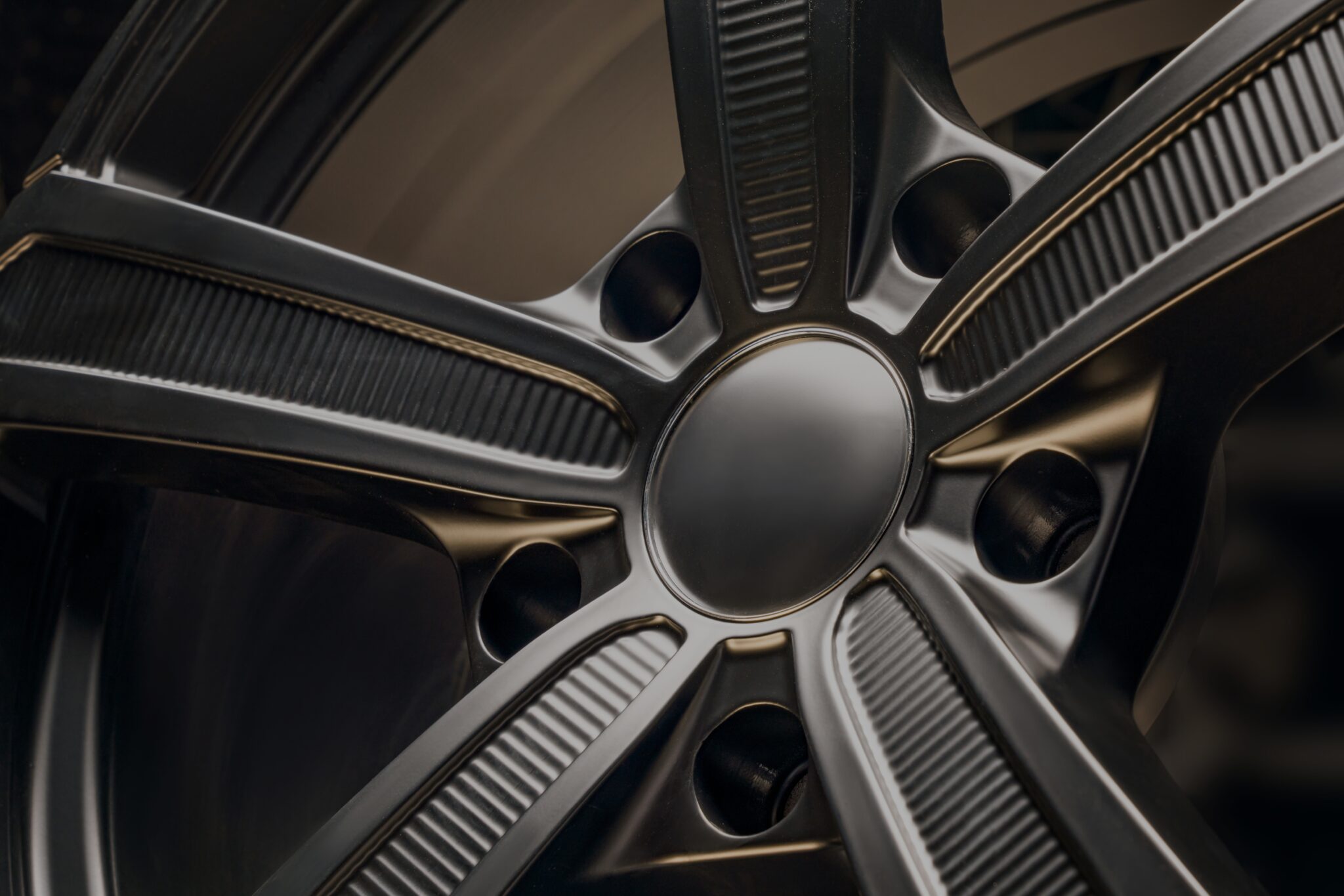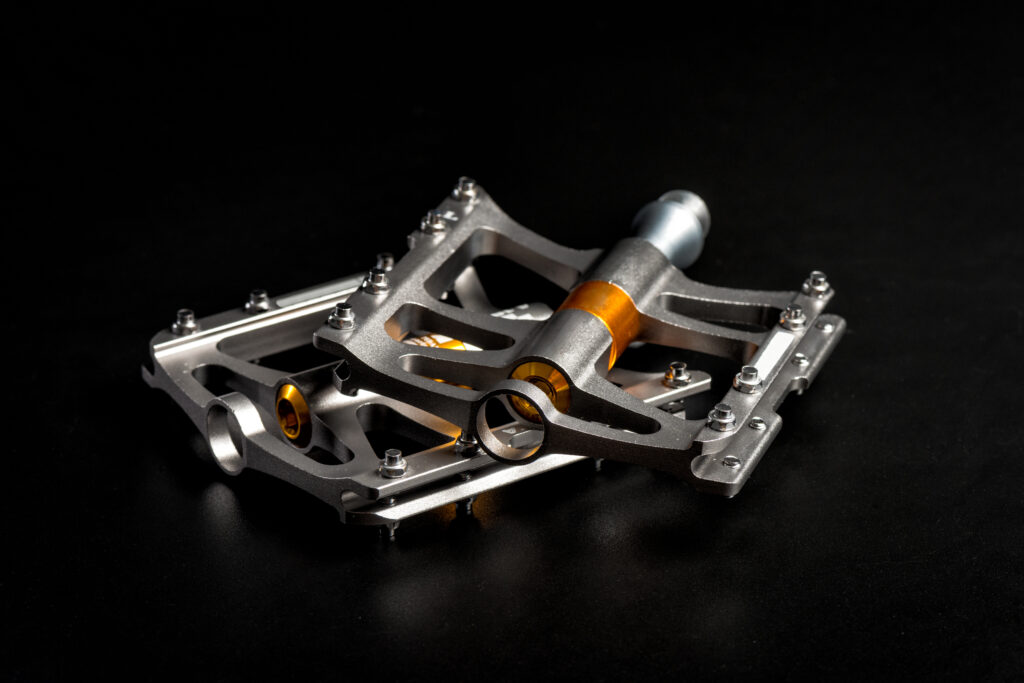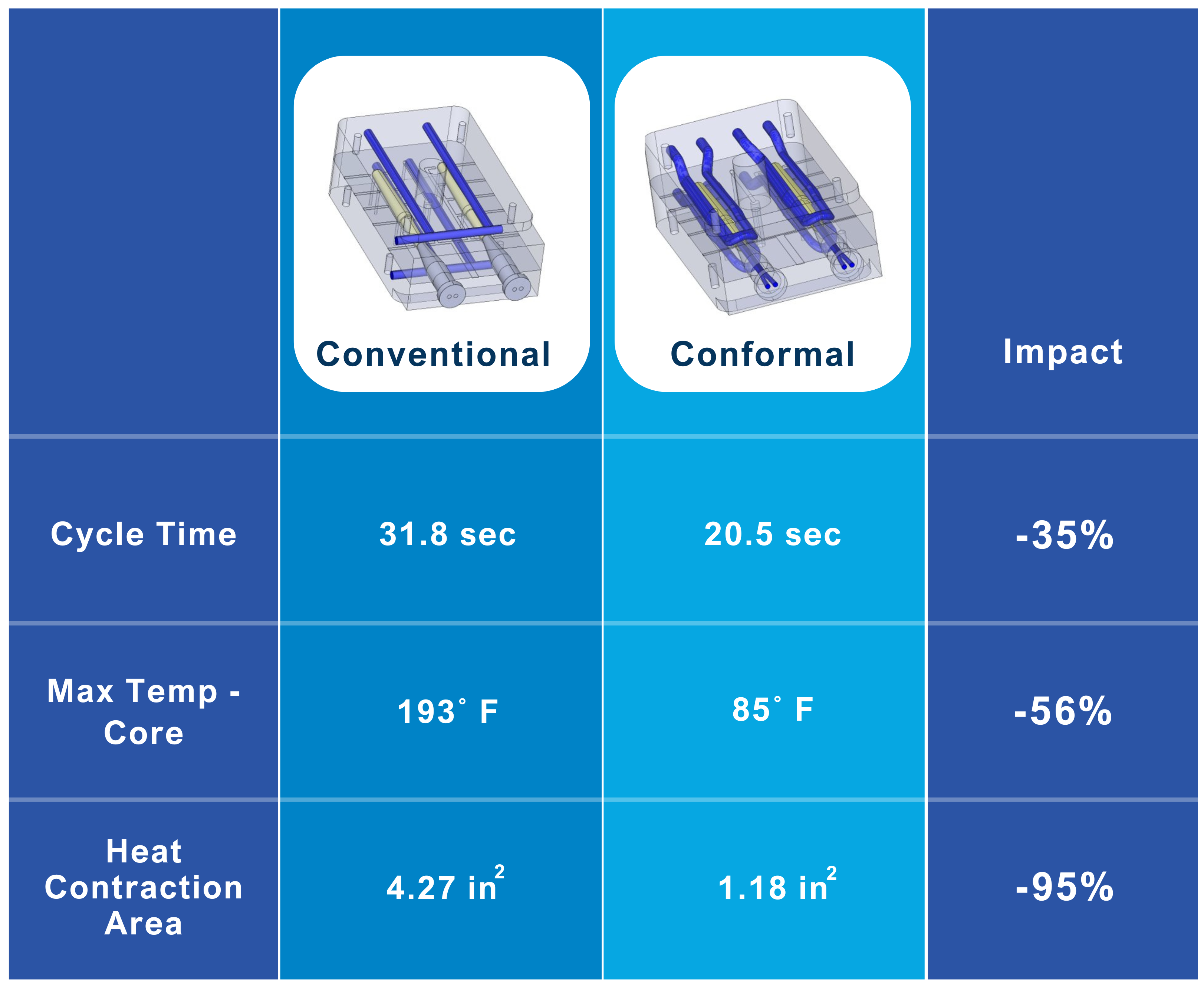4 Benefits of Lightweighting
Published on October 14, 2020

Previously published on fastradius.com on October 14, 2020
As environmental concerns become increasingly important to consumers, many market sectors are shifting toward greater energy consciousness and sustainability. While solutions like renewable energy sources, electric vehicles, and sustainable materials tend to receive significant media attention, practices like lightweighting, while less flashy, are playing key roles in driving market-wide shifts toward greater energy efficiency.
The term “lightweighting” may refer to swapping traditionally-used materials for lighter materials, reducing the actual amount of material used, and/or optimizing the design of a part or system for a combination of these practices. Lightweighting may allow product teams to reduce the weight and material required for a part — or a whole system, such as an automobile — while maintaining key functional requirements. Doing so can create major cost-savings for both manufacturers and consumers, while also often improving the energy efficiency and even the functionality of the final product.
The automotive and aerospace industries have used lightweighting for decades to reduce vehicle mass and improve fuel efficiency without sacrificing critical function or safety. The cross-section of an I-beam, often used in the construction industry, is another example of lightweighting in action. The cross-sectional shape provides maximum bending and torsional strength while minimizing the amount of needed material.
By incorporating lightweighting techniques into existing design processes and methodologies, product teams can see tangible benefits in a wide range of part applications. Some of the key benefits of lightweighting include the following:
1. Material Savings and Reduced Environmental Footprint
Lighter parts typically have lower material costs than their non-leightweighted counterparts and can require less energy to manufacture. Reducing material consumption also provides environmental benefits, as the additive manufacturing field isn’t yet at a fully recyclable state (though some materials can be reused). Generative design and topology optimization provide various ways to achieve lightweighting with additive manufacturing and can allow design of near-optimal parts that use the minimum amount of required material.
2. Greater Fuel Efficiency
While lighter parts are often desirable in engineering, they’re especially valuable in automotive manufacturing, where a 10% weight reduction can engender a 6-8% boost in fuel efficiency.
Aerospace manufacturers also stand to benefit; researchers have found that lightweighting rail cars provides more energy savings than with cars, and aircraft can benefit from lightweighting up to 100 times more than railcars do. Further, intelligently using less material can enable product teams to increase the strength-to-weight ratio of parts, which is incredibly important for aircraft.

3. Expanded Material Options
In many cases, the density and weight of an otherwise desirable material limits the choices available to product teams. However, intelligent lightweighting through a method such as latticing can expand the capabilities of materials that might not otherwise work for a given application. The result can be a lower effective part density and even modified bulk mechanical properties. This enables product teams to take advantage of materials with desirable chemical, thermal, aesthetic, and mechanical properties.
4. Improved Performance
Pairing lighweighting with strategic design choices can help drive improved part performance. For instance, using lattice structures for lightweighting can have both the benefit of decreasing weight and introducing the ability to improve and tweak impact absorption behavior.

Key Considerations for Lightweighting
When lightweighting, the primary thing to keep in mind is that critical components should not be compromised. It is essential for product teams to clearly define what is and what is not critical for the functionality of their parts before beginning.
Lightweighting is typically most effective when applied to heavy, rigid, and overbuilt parts. If material cost or weight aren’t a concern, or if both are already near optimal levels, then lightweighting may not be worthwhile or necessary. From there, material properties such as stiffness, strength-to-weight ratio, tensile strength, and other characteristics will help determine the ideal materials and geometries for lightweighting a given part or component.

The geometry of the part should also be taken into consideration, as this will limit the viable methods of production. Simple components designed with generative design can sometimes be tooled or urethane cast, but more complex designs require different solutions.
Lattices, for instance, are an extremely effective design solution for lightweighting, but their intricate part geometries generally cannot be machined. Luckily, additive manufacturing processes like HP Multi Jet Fusion (MJF) enable product teams to create geometrically complex components from various materials like Polyamide 12 (PA 12) — which provides superior strength and geometrical flexibility. It’s important to note that lattices drastically increase the surface-area-to-volume ratio of parts, which can impact the longevity or durability of the part if product teams are working with materials that oxidize quickly, such as non-stainless steels.
Safety is another key consideration when it comes to lightweighting. Many solid parts provide more of their desired characteristics than is required — a component could be 100 times as stiff as it needs to be, for instance. The elimination of material via lightweighting could, for instance, decrease the same part’s stiffness to 25 times what it is required (or another lesser multiple).
While the part is still viable, product teams have less leeway when it comes to ensuring safety and achieving compliance. As such, lightweighting can affect how the part performs when subjected to extreme conditions — so product teams should always keep this in mind.
The Effective Solution for Lightweighting Parts
By strategically removing material from parts and components to reduce their overall weight, manufacturers can take advantage of a number of ancillary benefits, including greater part efficiency, significant cost-savings, and expanded material choices.
While historically used to improve the fuel efficiency of vehicles, more market sectors than ever are taking advantage of the practice — in fact, the lightweight materials market is expected to be worth $243 billion by 2023. The consumer packaged goods market in particular can benefit from lightweighting — and possibly even help support causes like reducing the use of single-use plastics.
However, the process of lightweighting can require a high degree of technical expertise — which means that product teams hoping to cut costs and maximize efficiency through lightweighting would do well to partner with a team of seasoned designers and engineers like those at SyBridge.
Our team of experts are standing by to help product teams find the most efficient, affordable, and reliable methods of producing the part they have in mind. From design to fulfillment, SyBridge is the trusted solution for any on-demand manufacturing needs. Contact us today to get started.



